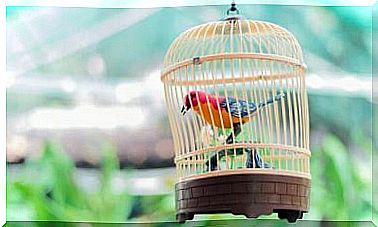Parasitism: Characteristics, Types And Examples
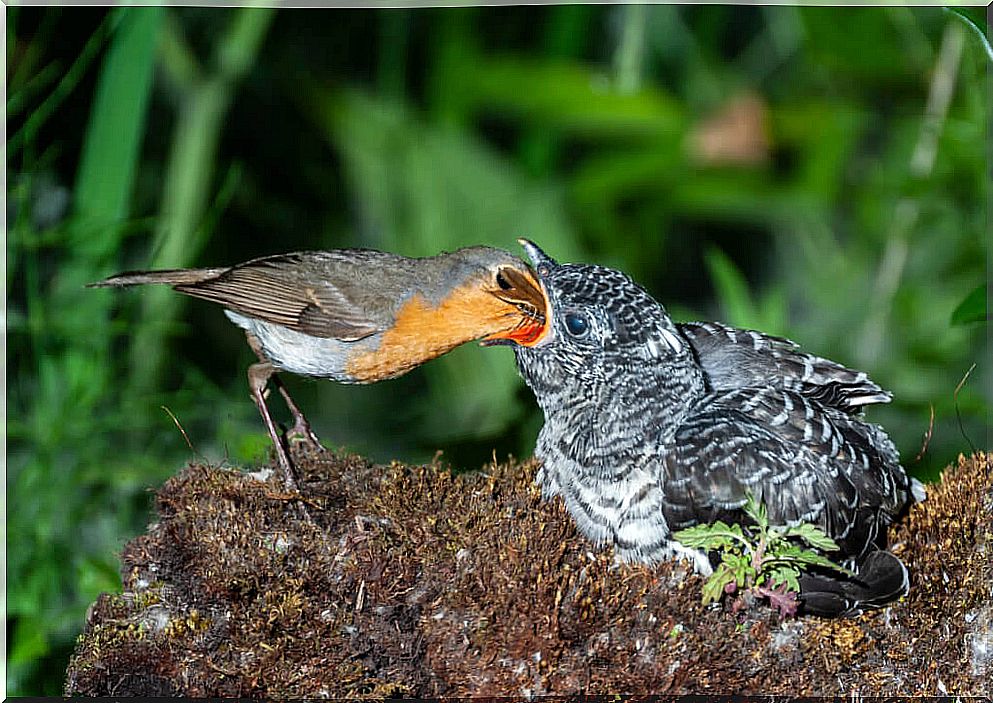
All living beings are destined to relate to each other. However, not all interactions are completely healthy. There are species that specialize in toxic relationships, in which only one party gets what it’s looking for and the other (host) ends up damaged or injured. This relationship is called parasitism.
When talking about parasitism, some previous relationship or the name of a specific person may come to mind, but in the animal kingdom this issue goes far beyond misunderstandings and personal setbacks. If you want to know more about parasitism in the wild, read on.
Symbiosis and relationships
When we talk about living beings, we must pay attention to the relationships they have with each other. In this case, if this relationship is so close that both parties need each other, the event is called ‘symbiosis’. Unfortunately, the term only tells us that two species are very close, but it doesn’t tell us anything more about what that relationship is like.
Put another way, we would call any relationship you have with a specific person a symbiosis. In that sense, it doesn’t matter if it’s a friend, if it’s your boyfriend or girlfriend, or if you’re enemies: what’s at issue is having some kind of relationship with that person.
So when talking about symbiosis, we need to be more specific. As not everything is equitable in relationships, a classification that reveals who wins or who loses in the interaction is necessary. Based on this premise, symbiosis is classified into four basic behaviors: commensalism, amensalism, parasitism and mutualism.
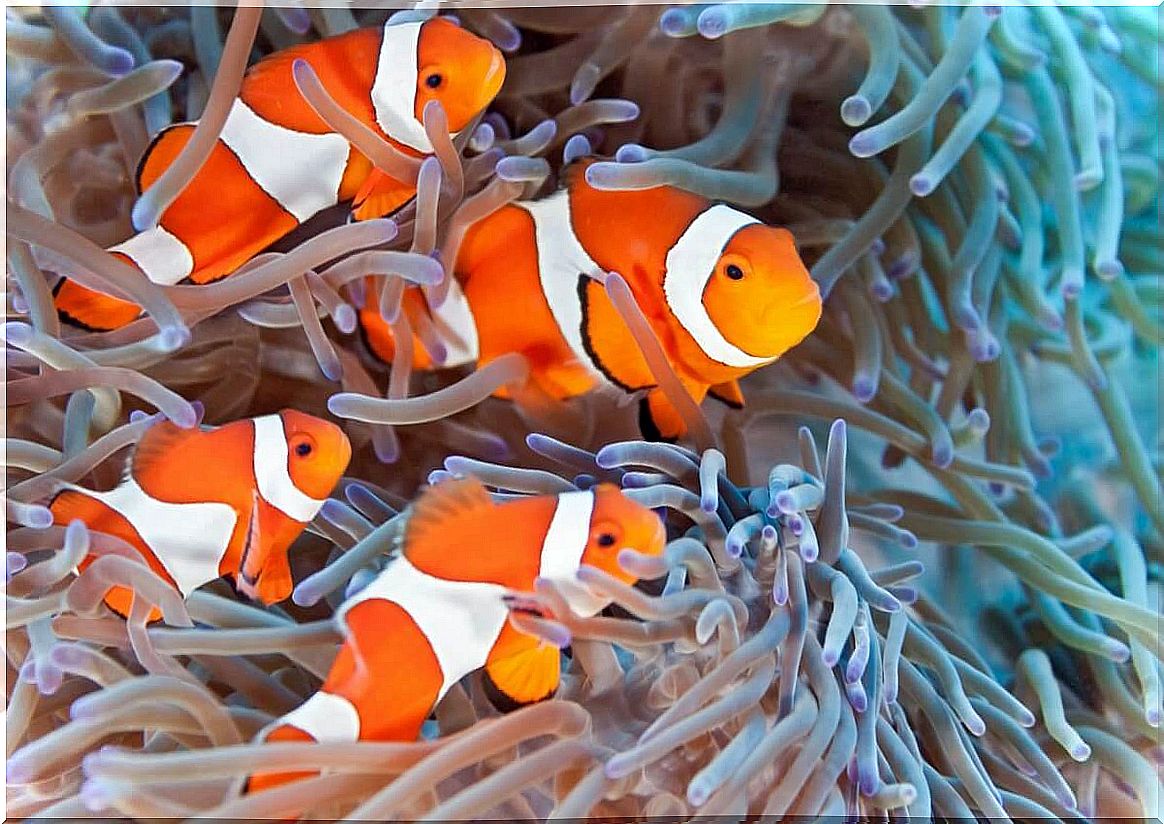
What is parasitism?
Parasitism is symbiosis that refers to a disproportionate relationship. In this interaction, not both parties benefit, with one winning and the other losing.
This biological mechanism seems similar to what can happen in a dating relationship for convenience. While one enjoys travel, money, and expensive gifts, the other loses money, time, and perhaps even dignity. One party benefits at the expense of the other.
In nature, we just need to modify this concept. More specifically, ‘money’ is replaced by ‘resources’ or, in other words, food. In any case, in some types of parasitism the confrontation also takes place indirectly for space or reproduction, among other resources available in nature.
Thus, in this relationship there are two actors: the parasite and the host. The parasite is the one who takes resources or food. Meanwhile, the host is the one who hosts the parasite, that is, the one who loses.
In this way, the parasite lives at the expense of the host. Furthermore, some species of parasites are so adapted to this form of life that if the host becomes extinct, they will also disappear.
different parasites
Within the parasites there are also classes – classifications. Although these taxa look similar at the behavioral level, they are not all the same or act in the same way. Two different classifications are proposed, based on the location of the parasite in the host and its level of dependence.
Based on location
If the pathogen is outside the host, it is called an ‘ectoparasite’. If located inland, it is known as an ‘endoparasite’. An endoparasite, on the other hand, can live inside cells (intracellular) or in the interstitium (extracellular).
For example, a flea that feeds on the blood of dogs is an ectoparasite because it is located outside the host. On the other hand, a tapeworm or Taenia solium is an endoparasite as it is inside the human body, specifically in the lumen of the intestine.
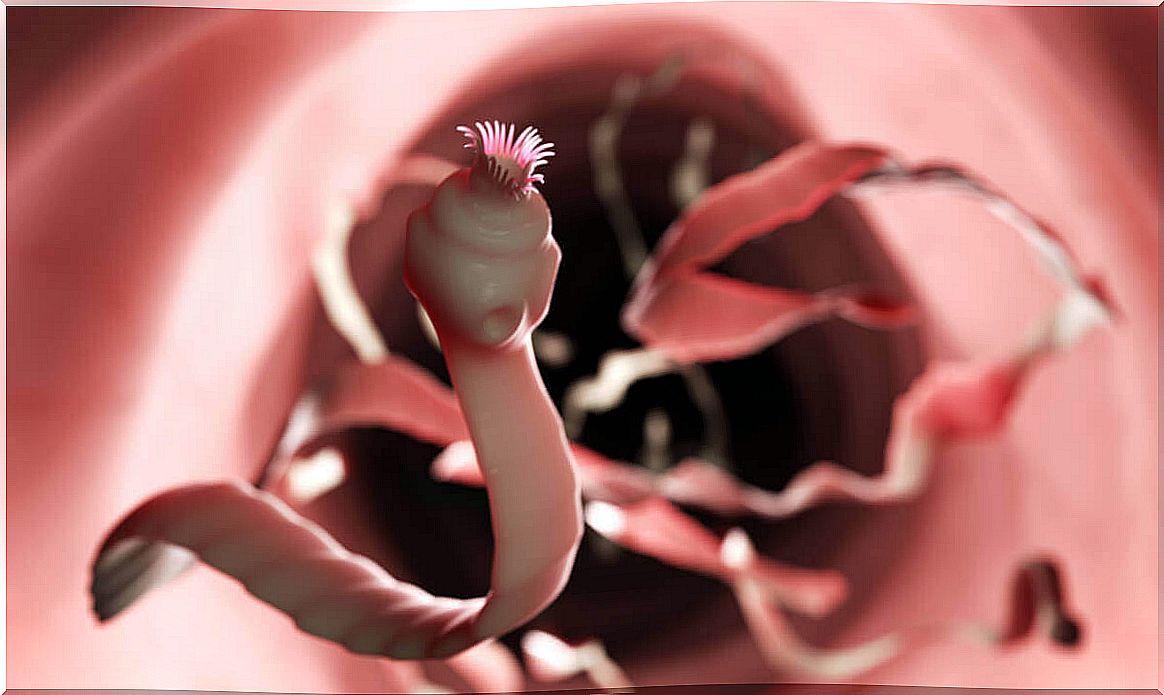
Based on dependency level
When the parasite has the option to feed on its own, regardless of the host, it is called ‘optional’. In other words, it’s independent, but if you need it, you can get a host. However, if you don’t find it, you’ll be able to survive on your own without any problems.
For example, the nematode Strongyloides stercoralis can live in the wild on land, however it is also capable of infecting humans. It settles in the host’s small intestine and causes a condition called ‘strongyloidiasis’.
If, on the other hand, the pathogen cannot live without a host, it is called a ‘must have’. This classification refers to the fact that the parasite exists if and only if the host is also present. Viewed another way, he is not capable of being independent.
This is the case of the protozoan Cryptosporidium hominis , a human intestinal parasite. Infection occurs through infected foods, which are full of parasite cysts waiting to be ingested.
Finally, if for some reason the parasite infects a new species that was not its host at first, it is called ‘accidental’. As the name implies, this interaction occurs by mistake, although it can later turn into a fixed behavior of the species.
An example of this is the fly Eristalis tenax , which causes myiasis in humans, an infection by fly larvae on the skin. This is a kind of accidental parasitism because the larvae don’t need the host but infect it when they mistakenly fall into open wounds.
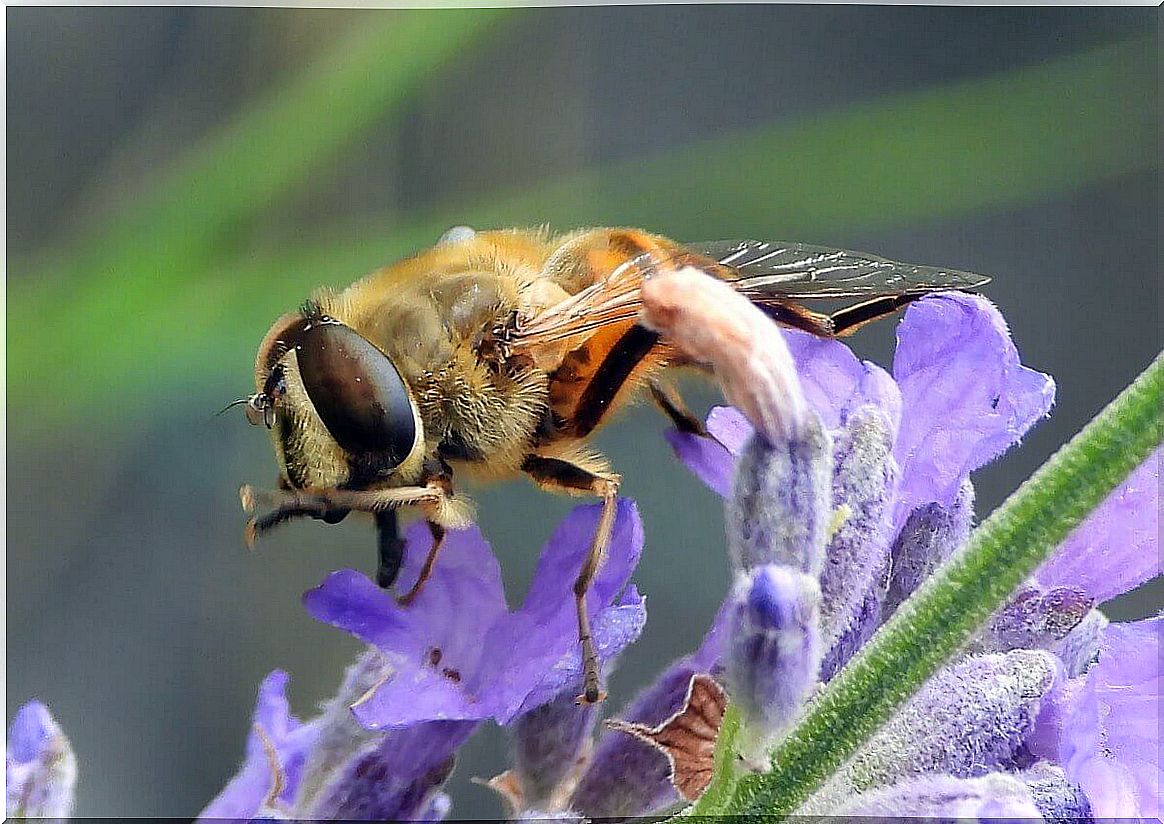
Parasitism and parasitoid
There is an incorrect belief that parasites can kill their host. However, this is not always the case, at least in cases where the host has a normal immune system. Just think for a moment: you wouldn’t burn your own house, right?
Parasitism is only successful if the host also survives, because otherwise both would be destined to disappear. Because of this, a formal parasite never kills its host.
Species that kill their host are known as ‘parasitoids’. Since they don’t need their host, they kill him at the first opportunity. Some examples of parasitoids are as follows:
- Insect Psyllaephagus bliteus: This invertebrate injects its eggs into the abdomen of a psyllid, where they grow and develop by eating the host’s organs. After devouring their victim, they reach the outside.
- Insect Cephalonomia stephanoderis: the species injects its eggs into beetles and, similarly, these eat all the organs and meat of the host to get out.
- Cordyceps Fungus : Also known as parasitic fungus, it affects several insects, as it turns them into zombies while consuming them from the inside.
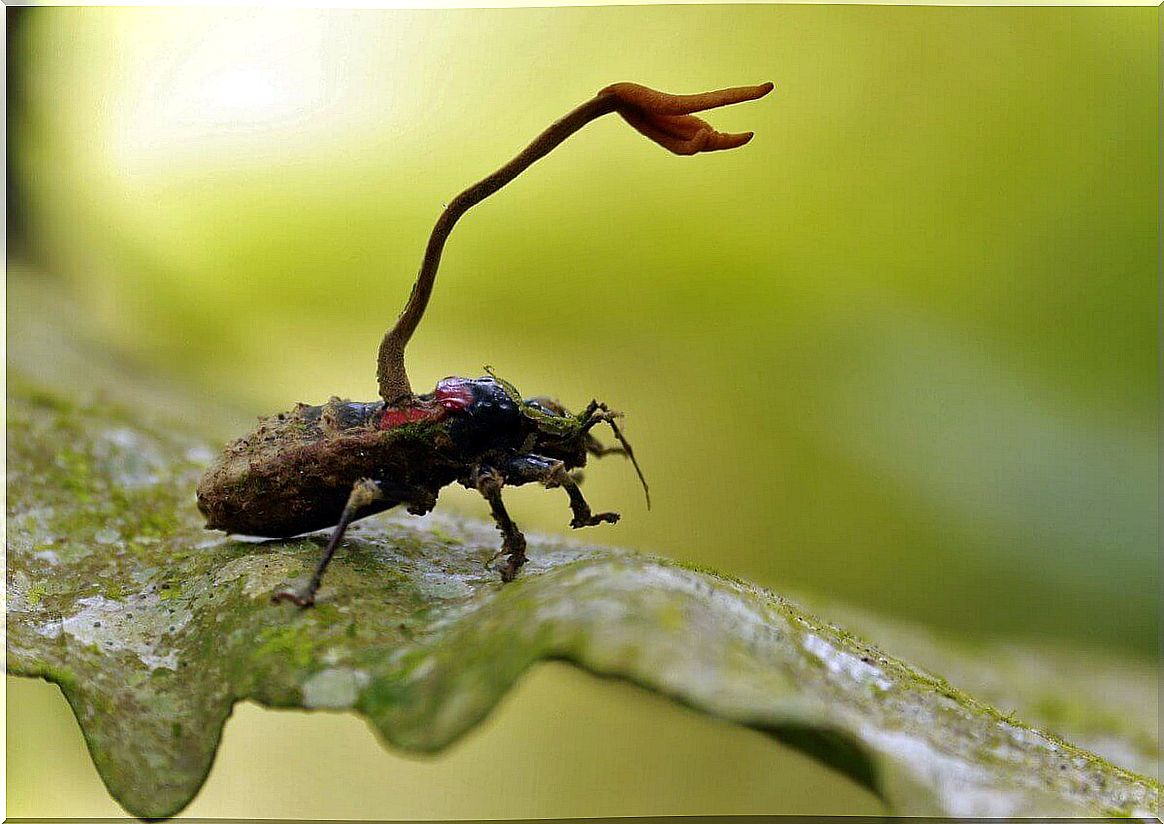
Parasites can be found almost anywhere, even inside the human body. Maintain good hygiene habits and be careful when eating outside unless you want to have a close encounter with them.









